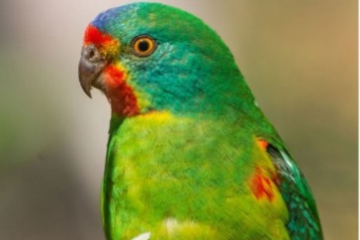Request that your local Council support the creation of a Wildlife Habitat Corridor as part of meeting their obligations to conserve local biodiversity.
Request that Council provide the resources and staff (eg. Wildlife Corridor Co-ordinator) to write and implement a Wildlife Habitat Corridor Study and Action Plan and to implement relevant actions from existing open space Management Plans which support the protection and creation of habitat locally.
Investigate other councils’ initiatives in creating Wildlife Corridors.
Identify all Wildlife Corridor stakeholders. These will include:
- All Council personnel and contractors involved with town planning, building developments, environmental protection, landscape design, plant production and installation, park and street maintenance, etc. and will need to include Managers who are responsible for resource allocation, land management practices etc. within their departments.
- All interested community members and will include schools, hospitals, businesses, residents, local radio and newspapers, etc.
- Interested members of the scientific community and will include people from the Royal Botanic Gardens and other scientific institutions, universities and other educational institutions, fauna clubs, local naturalists and other people involved in the study and protection of native flora and fauna.
- Adjacent councils, whose bushland or well-vegetated open space areas adjoin your Council area, to encourage and support the implementation of regional wildlife corridors.
Develop and disseminate information through the stakeholder network. This may include:
- Habitat protection and recreation workshops (eg. Remnant vegetation management workshops, Wildlife-friendly Garden workshops).
- Bush regeneration training and workshops.
- Identification of local flora and fauna workshops.
- Recording and mapping local wildlife (investigate Wildlife Watch programs run by some councils).
- Pamphlets on wildlife-attracting plants and other information from the Wildlife Habitat Corridor Study.
- Staffing wildlife and habitat information booths at local fairs and festivals.
- Interviews on local radio and in local newspapers about successful habitat gardens.
Involve stakeholders in Wildlife Corridor protection and recreation decisions and actions. Resource their activities. These may include:
- Formation of community habitat protection and recreation groups (Community Bushcare and Street Tree groups);
- Selection of suitable sites for habitat protection and recreation projects within the proposed Wildlife Corridor;
- Propagation of locally collected indigenous plants.
Establish a stakeholder review system for monitoring and updating the Wildlife Corridor Action Plan.
Report on the review of the Wildlife Corridor Action Plan to the community via the State of the Environment Report, community newsletters, etc.
© Danie Ondinea March 2002
Australian Association of Bush Regenerators (NSW) Inc. 2006


Leave A Comment